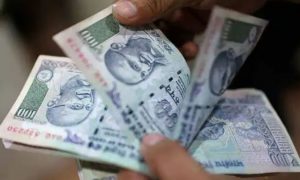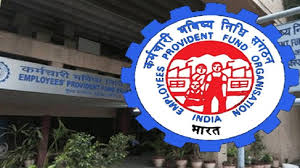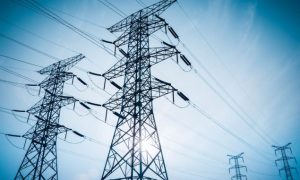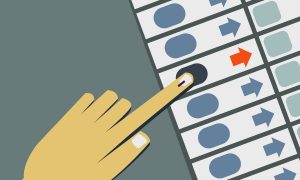The Indian economy shrank 7.5% in Q2 of the current financial year, a pleasant surprise given the expectations of a 9-11% contraction. While some have attributed this to pent-up demand and festival sales, others see it as part of normalization of economic activity. Mint explores.
The Indian economy shrank 7.5% in Q2 of the current financial year, a pleasant surprise given the expectations of a 9-11% contraction. While some have attributed this to pent-up demand and festival sales, others see it as part of normalization of economic activity. Mint explores.
How grave has been the shrinkage in economy?
The Indian economy has been shrinking since the first quarter of the current fiscal, in the aftermath of the coronavirus pandemic, after remaining in the positive territory till the last financial year. The pandemic-led lockdown, cited as the most stringent in the world, restricted 65% of the activity in the economy, resulting in a contraction of 23.9% in the June quarter, and 7.5% in the second. With two consecutive quarters of contraction, the Indian economy has formally entered a recession. However, the high growth economic indicators have started showing signs of recovery, raising faster normalization hopes.
What do the Q2 figures indicate about growth?
Most lockdown restrictions were removed by the second quarter, but the economic activity takes time to recover. A good way to look at the economics of the pandemic is to view the process in three different parts—the lockdown phase, the normalization phase and the growth recovery phase. Currently, India is in the normalization phase, with activity gradually recovering to 2019 levels. A second quarter contraction of 7.5% points at a faster pace of normalization, hinting at the prospects of a modest growth in economic activity in the second half of the financial year.
What can we conclude after analysing the GDP figures?
Agricultural and manufacturing sectors are doing better, with former’s growth at 3.4% in Q2 from last year, while the manufacturing sector grew 0.6%. Parts of services sector continue to be contracting and that is expected. The key takeaway is that GDP excluding Centre consumption fell only 6.8%, which suggests the uptick is largely driven by the private sector.
Why is govt expense lower than last year?
Government final consumption expenditure in Q2 contracted by 22.2% compared to last year. In Q1, the expenditure had, in fact, expanded by 16.4%. The reason for the sizeable expansion in Q1 is the front-loading of the fiscal support provided in the form of cash transfers etc, while weak tax revenues could have prompted the government to defer expenditure in the second half. Many people expect government to stick to its budgeted expenditure, so we may see higher expenditure in the second half of the financial year.
How is the health of services sector so far?
The services sector contraction has continued despite the lifting of curbs during the second quarter. We must recognize that not every sector will recover at the same pace and services sector, especially contact services, will take longer to return to pre-covid levels. A good example is tourism which will take time to recover even after vaccines are made available, due to risk aversion among individuals. This will impact hospitality, aviation industries, which would take even longer to recover then.





































